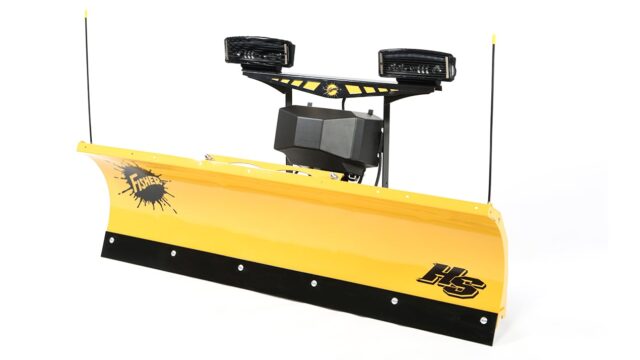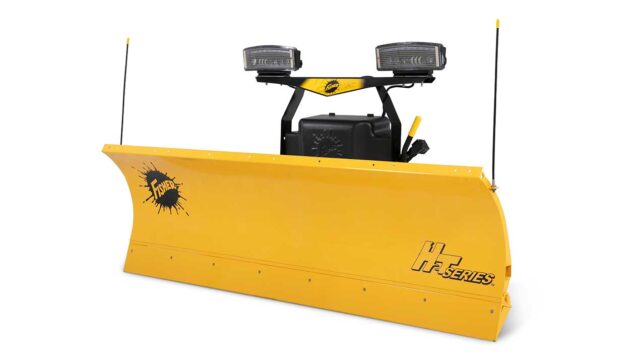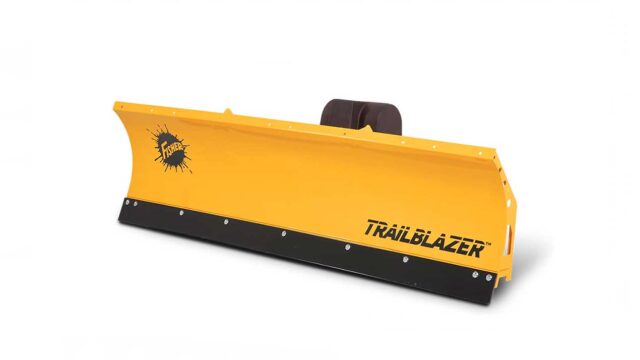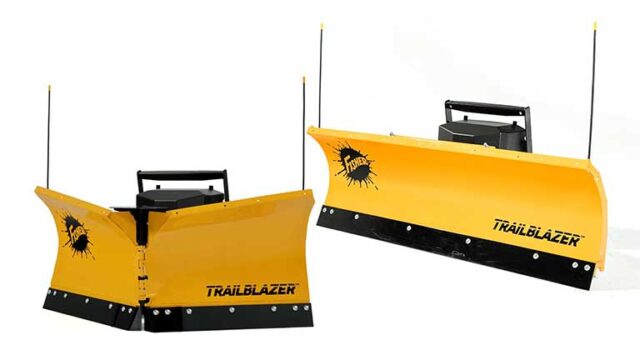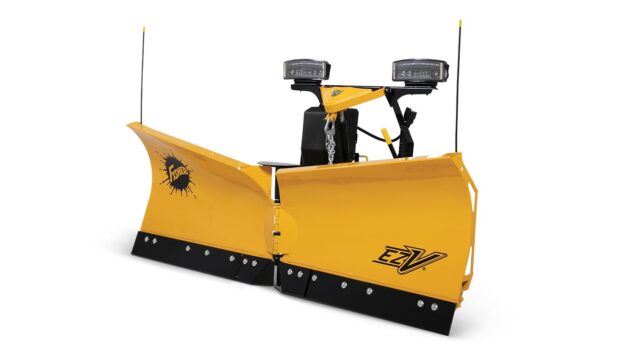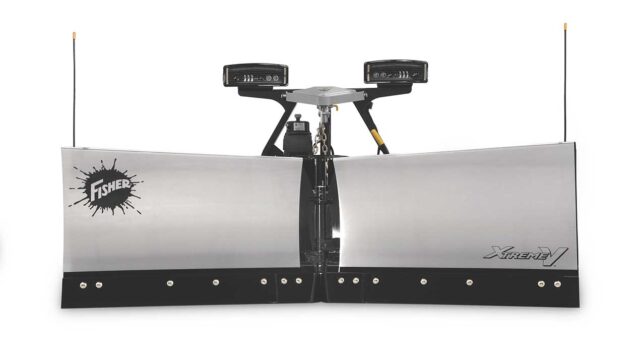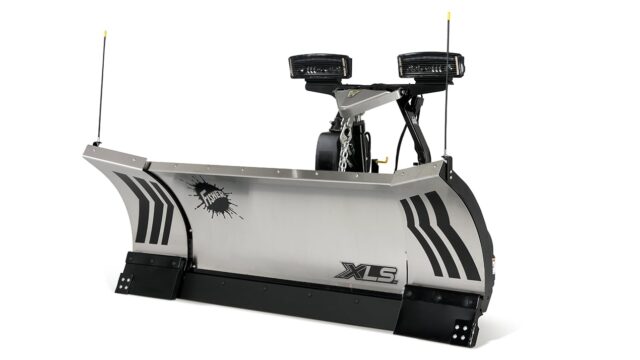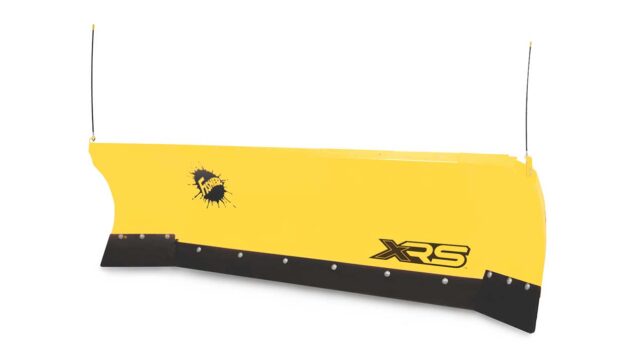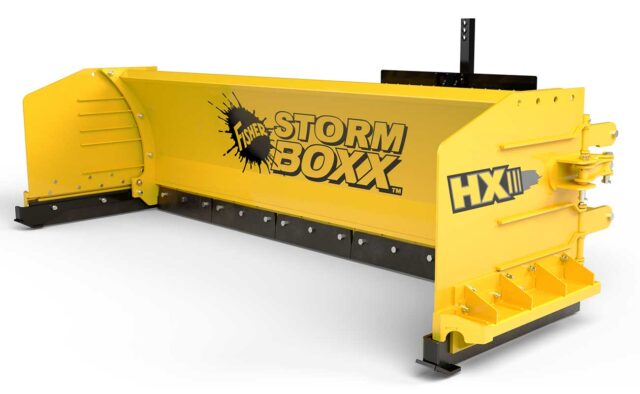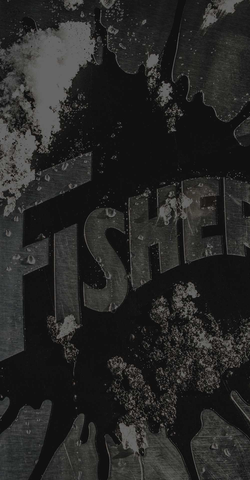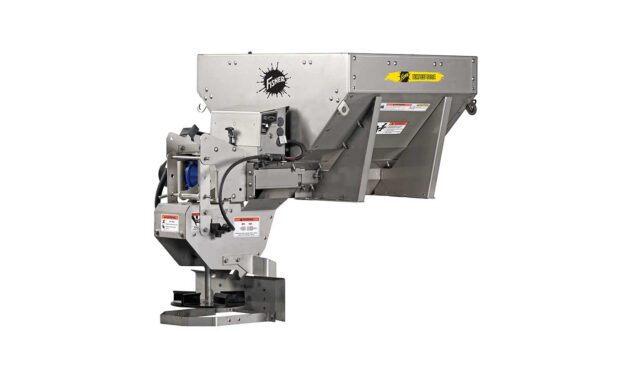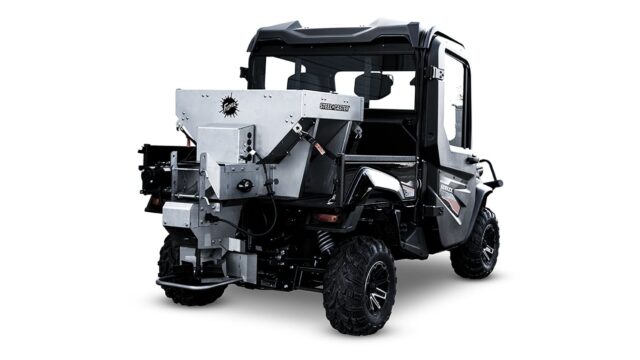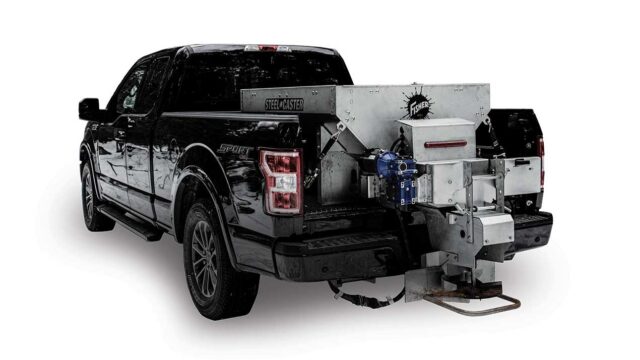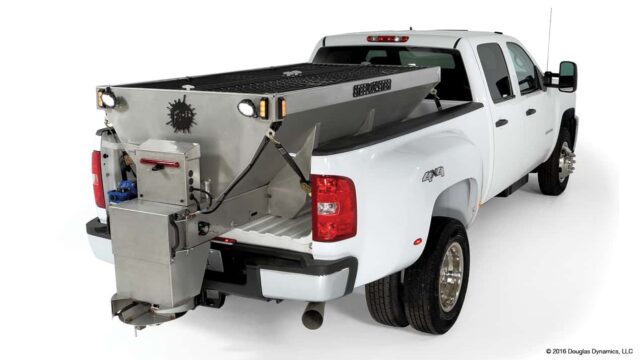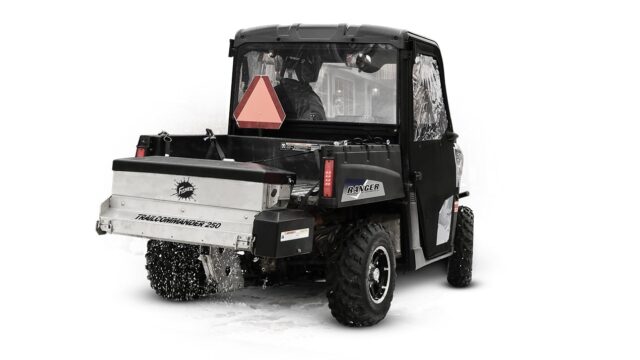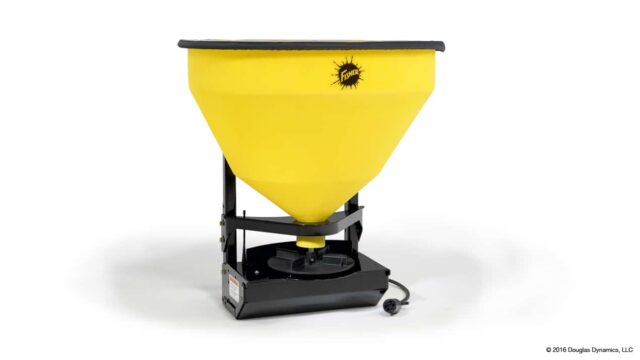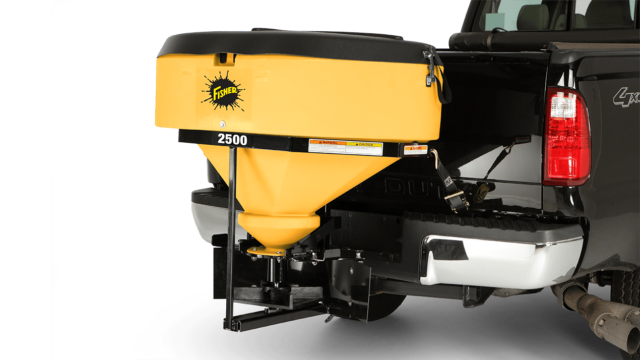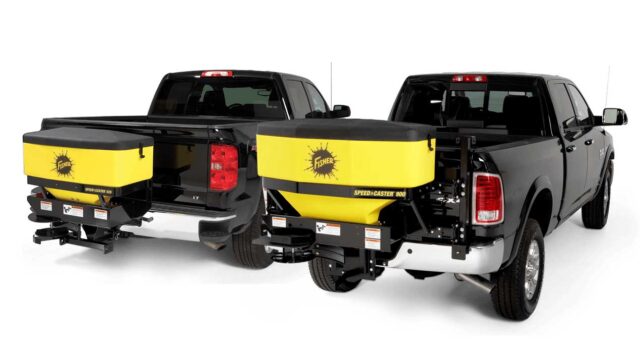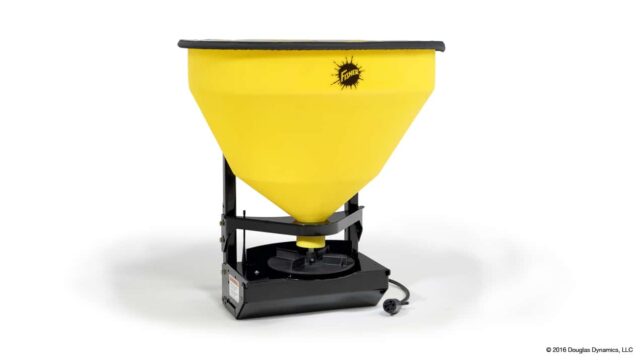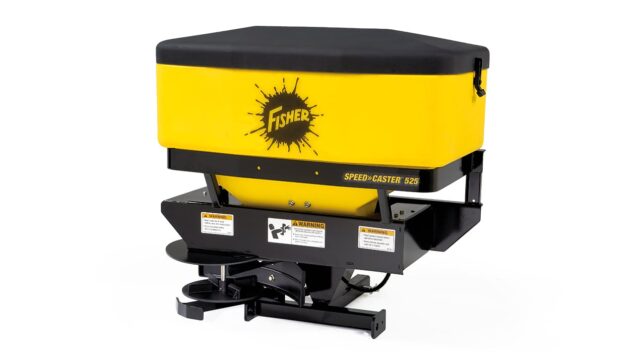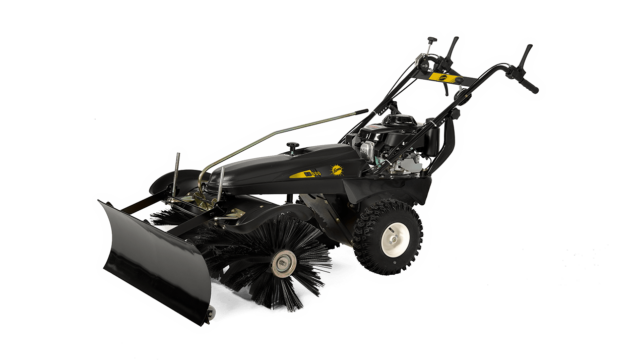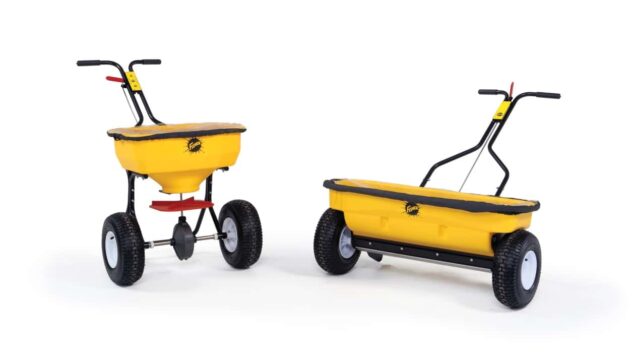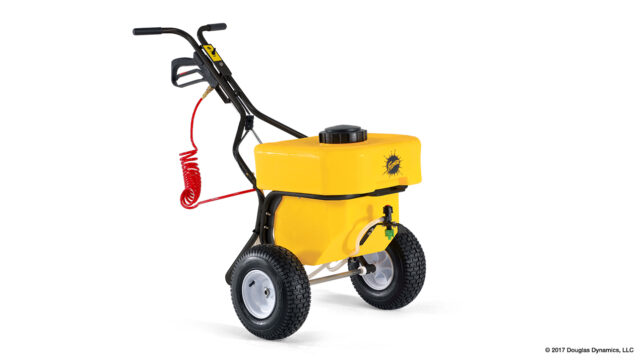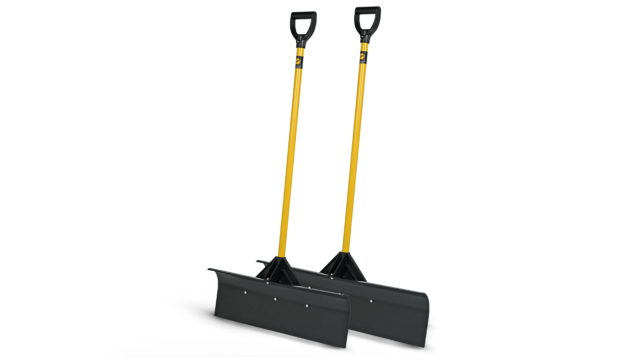Resource Articles Category: Snow Plow Maintenance
Mid-Season Snow Plow Inspection & Maintenance Checklist
Created February 2, 2021
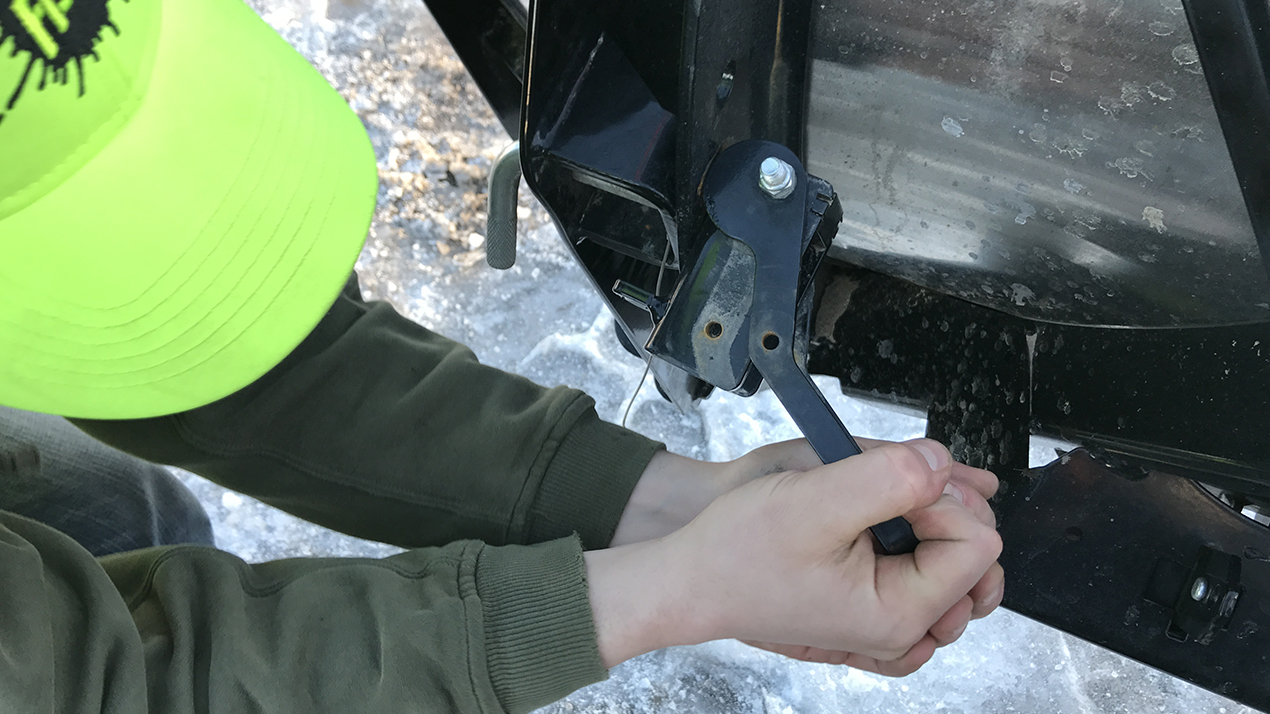
Winter weather can be tough on your snow plow. Prevent costly breakdowns by performing mid-season plow maintenance. FISHER® recommends the following maintenance checks to ensure all the essentials are fine tuned to keep your fleet running at peak performance.
Inspect Cutting Edge Wear
You should continuously inspect your plows cutting edge for excessive wear and tear during the season. FISHER recommends replacing the cutting edge if it’s less than 4 inches or has any significant chips or uneven wear patterns. Once you get close to the base angle that protects the blade of your plow, you know it’s time for a cutting edge replacement.
Tighten the Plow Bolts & Springs
To avoid moldboard damage, all mounting bolts should be inspected and tightened after your first plow of the season. Do this regularly throughout the season, especially after heavy winter storms. The trip springs also need to be inspected for rust and replaced as needed. Tighten anything loose to prevent your plow from falling unexpectedly. Check your Owner’s Manual for FISHER specifications.
It’s best to lubricate all moving components with FREEZE GUARD™ Grease. This protects all bearings, hinges, and pivot bolts on snow and ice control equipment from corrosion, even in arctic conditions.
Check Mounting Points, Fasteners & Electrical Connections
Look at mounting points to make sure nothing is cracked, chipped or damaged and that fasteners are still secure. Battery terminals and electrical connections should be checked regularly to ensure that they’re tight, clean, and free of corrosion. Dielectric grease will help prevent corrosion if applied to all electrical connections each month during winter. Double check all wiring to make sure nothing is loose.
Keeping your vehicle’s battery, alternator, and regulator in top condition is essential to maintaining the maximum electrical output for your vehicle.
Inspect Your Plow Headlights & Make Sure They Are Aimed Properly
LED and halogen plow headlamps need to be working at full potential and aligned well for your safety as well as the safety of others on the road. Look for dim or burned-out bulbs and replace them if necessary. By parking the vehicle on a level surface and marking the centerlines of the vehicle and plow lights you can align the headlamps to have proper illumination.
Repaint Exposed Metal to Reduce Rust
Metal oxidizes when it’s in contact with water, causing it to rust. Since salt is popular in the snow and ice industry, winter cleanup applications increase the oxidation process. Powder coating is a barrier to salty water. Nicks or scratches in the powder coating will expose metal to quicker rusting. Make repairs or touch up the paint quickly to avoid further damage.
Proper Vehicle Maintenance is Also Crucial to Performance
Whether you’re using a truck, UTV, skid-steer or other vehicle to conduct snow removal, you won’t get very far without it. Make sure your plow vehicle receives annual maintenance, especially before the season starts. It’s important to regularly check the engine oil, transmission, and brakes to ensure they are reliable. Keep an eye on the tire pressure, which can diminish in cold weather and create a safety concern because of the reduced steering and braking ability.
Keep an Emergency Parts Kit & Hydraulic Fluid on Hand
FISHER offers an emergency kit full of essential items to keep you prepared during a busy plowing season. Hydraulic fluid is necessary for maintaining your plow and will be needed throughout the season. Refer to FISHER specification recommendations when filling the reservoir to the indicated mark. If you notice low fluid levels, check for leaks in the hydraulic system. Check hoses, rams and couplers for cuts, leaks or rust.
Preventative mid-season maintenance can help to avoid surprise breakdowns. Connect with your local dealer to find out if they are open in snow emergencies to help with unexpected situations.
Go big with snow removal and get the equipment that’s going to get the job done all season long. The award-winning STORM BOXX™ pusher plows with TRACE edge technology move massive amounts of snow, so you can get more jobs done faster and better.
The “Before You Plow” Checklist
Created October 17, 2017
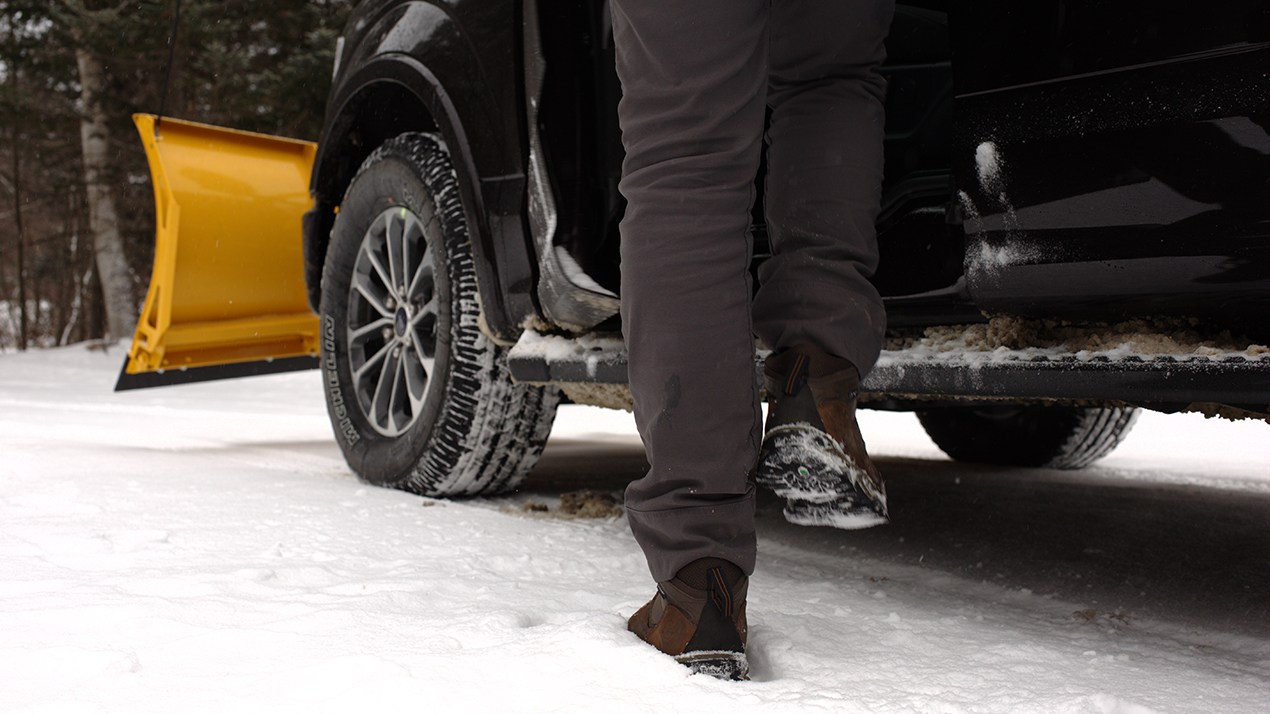
Before the first flakes fall, a preseason equipment inspection is standard practice. But did you know there are a few basic things to check during the season, too?
Avoid Simple Mistakes With Our “Before You Plow” Checklist:
- Ensure a functional truck battery
- Run through the plow’s functions
- Inspect all fasteners for proper torque
- Check hydraulic fluid levels
- Visually inspect plugs, shoes, hydraulic hoses, cutting edge, and wiring
- Test headlamps and adjust for proper alignment
- Make sure electrical plugs have dielectric grease
- Run through emergency supplies, including:
- Shovel
- Emergency Parts Kit: hydraulic fluid, motor relay, extra hose, coil, fittings
- Basic Tool Kit
- Flashlight
Checklists like these will prepare you for whatever the season throws at you. But while they’ll help keep you on the job, there’s no substitute for proper maintenance. Remember: if you’ve incurred any damages following an event, be sure to get those issues fixed before the next storm. It’ll save time, money, and a whole lot of headache when you’re out there in the middle of the night.
If you’d prefer to have a professional inspect your plow before the season starts, you can ask your local FISHER® dealer. To find out if one near you performs pre-season inspections, visit the Dealer Locator.
Go big with snow removal and get the equipment that’s going to get the job done all season long. The award-winning STORM BOXX™ pusher plows with TRACE edge technology move massive amounts of snow, so you can get more jobs done faster and better.
Putting Your Snow Plow To Sleep For The Summer
Created April 18, 2017
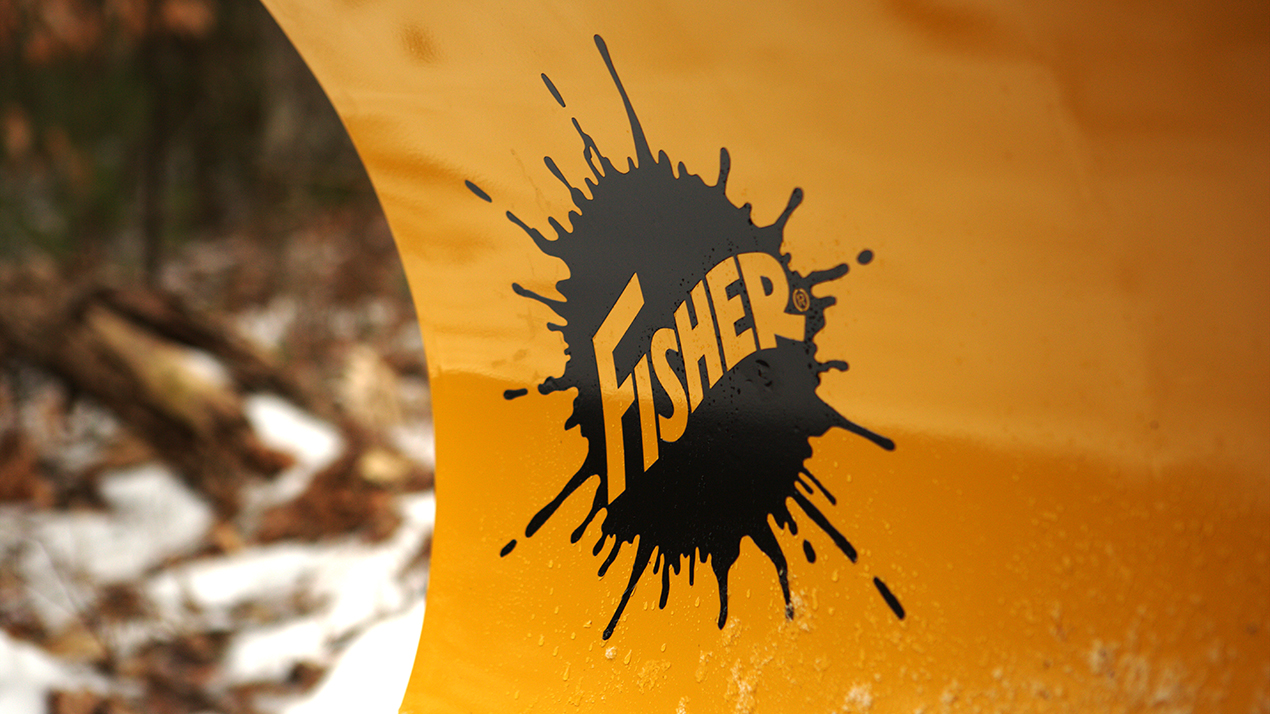
As much as we’d like to plow snow year-round, winter has to come to an end at some point—at least for most of us. And when the seasons change, we have to adapt, too. The plows go into hibernation for the summer, and you bring out your other equipment to get you through the spring, summer and fall.
But just because you don’t need your snowplow right now doesn’t mean you aren’t going to need it ever again. There are a bunch of things that you can do now that will help ensure that when winter arrives again, your plow is ready to take care of business for another year. And good news! Most of these tasks are simple, inexpensive, and will add years to the life of your truck plow or skid-steer pusher.
Give It Shelter
First, store your plow in a sheltered place, out of the elements and sun, and preferably on a concrete or at least a gravel surface. Heat, cold, and moisture can all take a toll on hoses, fittings, electronics, and plow powder coats. And as these wear down, they break down, often requiring replacement. In the worst cases, these elements can kill the plow years before its time, as corrosion destroys the vital structure of your plow.
More than any other action you can take right now, putting the plow inside a garage or warehouse or other structure is the single most impactful thing you can do.
Don’t Throw A Tarp On It
Please note that “shelter” does not translate to “Put a tarp on it.” In fact, placing a tarp over the plow traps moisture and heat and can damage the plow. Even if you are protecting it from UV exposure, ventilation is important too.
Wash It Clean
Above and beyond location-specific measures, there are things you can do to the plow itself to increase its life. This should go without saying, but you should make sure that your plow is well washed before you leave it alone for the next several months. It’s been bathing in salt and other corrosive materials, and you need to make sure it’s clean and dry when you step away for summer.
Top It Off
In addition, make sure the hydraulic fluid is topped off. Pockets of air in the system will lead to condensation and then water in the system, corroding your system from the inside out. For the cost of less than a quart of fluid (unless you’ve REALLY been neglecting your maintenance) you can cut off any number of valve and fitting replacements come fall.
Get It In Proper Position
In addition, in order to keep your hydraulic system healthy, either fully angle (for a straight blade plow) or fully retract the wings of a V or wing plow. The idea here is to put as much of the chrome piston inside the ram where is protected from corrosion and pitting. The remaining exposed section of piston can be coated in some sort of petroleum product to coat it in a layer of oil/grease, which is another reason to try and ensure that the plow is on a concrete floor.
Give It A Nice Coat of Grease
Before applying grease to electrical components, make sure to carefully clean all the electrical connections, removing dust, dirt and any build-up. While greasing, coat ALL electrical connections with dielectric grease. This protects the vital electrical connections and ensures that come fall, your plow will act the way you want it to. Basically, if it’s susceptible to corrosion, or might be, put something on it to protect it.
At this point your plow has been “summer-ized”. We can’t guarantee that nothing bad will happen in those 7 or 8 months, but we do know from experience that to help your plow last longer, “summer-izing” it is crucial.
For more information or if you have questions on how to protect your plows in the summertime, don’t hesitate to ask your local certified dealer.
